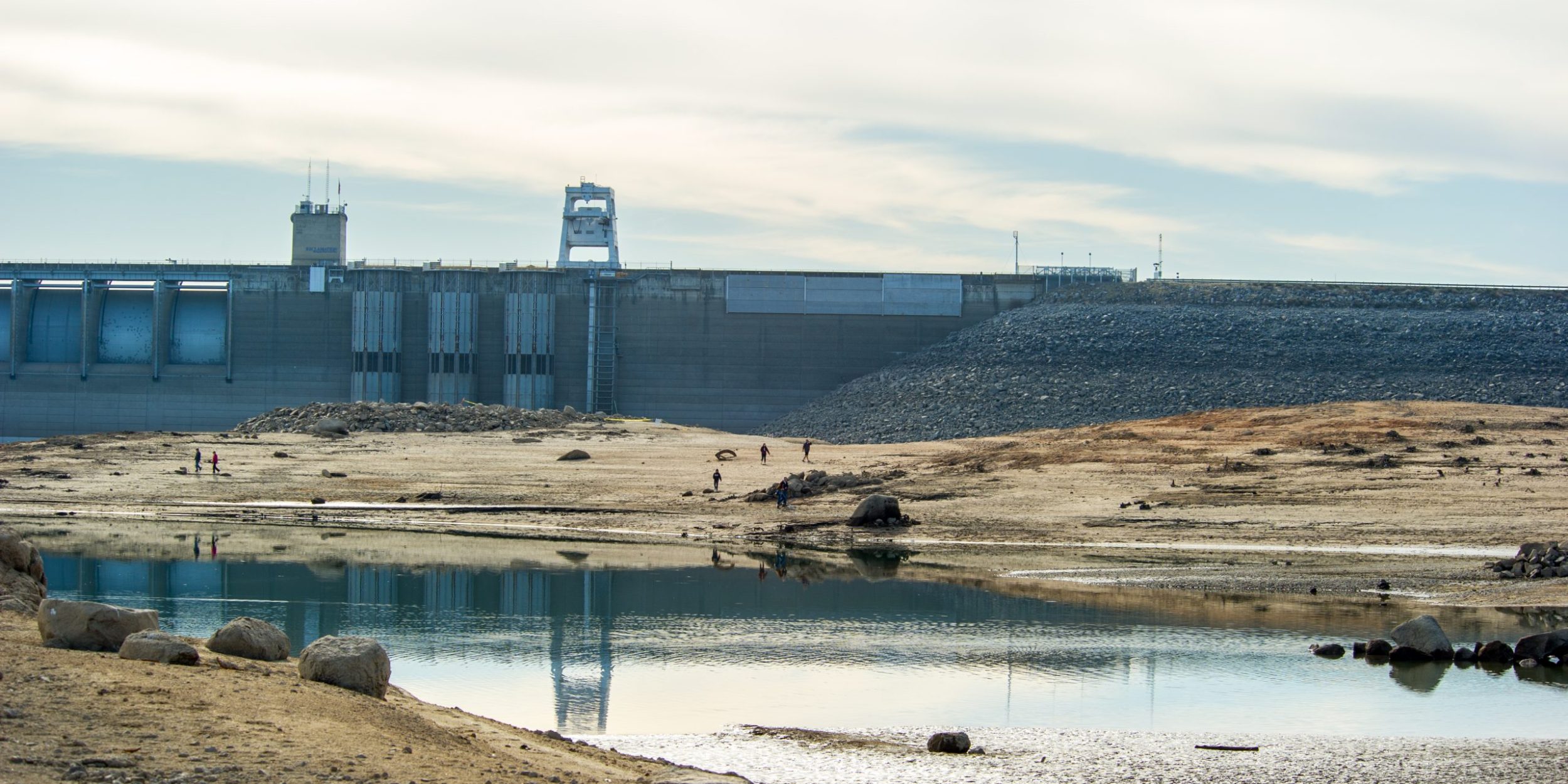Long-lasting droughts such as the recent California drought and the decade-long Dust Bowl of the 1930s can be extremely devastating for farmers, ranchers, and broader communities that rely on a consistent water supply. Two new studies that hint at the tantalizing possibility that persistent drought conditions could be predictable one or more years in advance, using the influence of the tropical Pacific Ocean’s slow changes in temperature.
Pedro DiNezio (University of Texas at Austin) and other researchers investigated whether it is possible to predict the duration of La Niña events, the cool phase of an alternating climate pattern in the tropical Pacific Ocean that tends to be linked to dry winters in California. They found that the amount of heat discharged in the tropical Pacific and the magnitude of the peak of El Niño prior to La Niña events are related to the likelihood of multiyear La Niña events. Because these factors can be predicted 18-24 months out, the authors suggest that forecasters may be able to predict future episodes of lingering La Niña and associated drought conditions.
To address long-term droughts, Richard Seager and Mingfang Ting (Columbia University) evaluated the predictability of sustained decadal droughts over North America. Similarly, the authors found that though the oceans don’t completely control drought conditions, abnormally cool water in the tropical Pacific Ocean and abnormally warm water in the tropical North Atlantic Ocean strongly increase the likelihood of persistent decadal droughts. The authors note that due to the slow changes of the ocean, these water temperatures can be predicted a year or more in advance.
View the studies:
DiNezio et al:
https://link.springer.com/article/10.1007/s00382-017-3575-3
Seager and Ting:
https://link.springer.com/article/10.1007/s40641-017-0062-1



